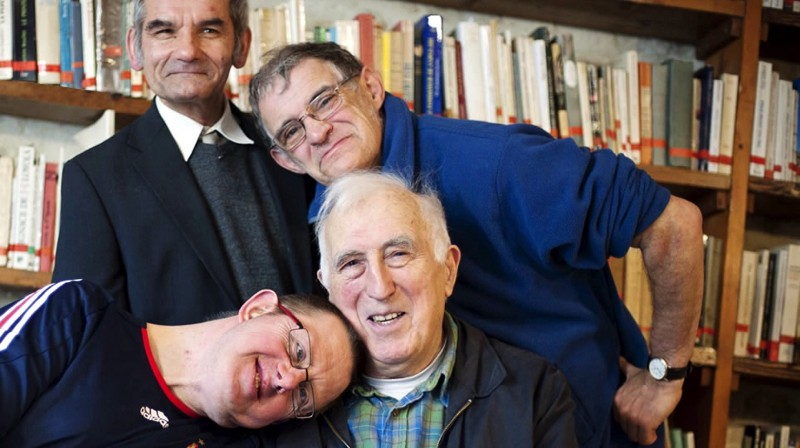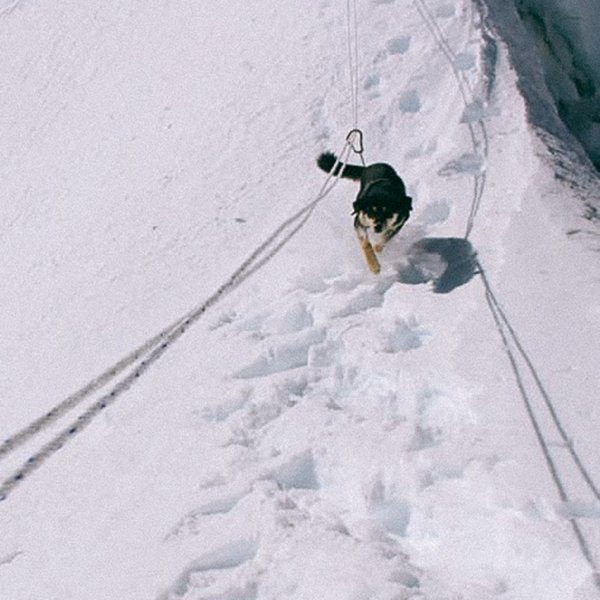Thanks for reading TalkingBitterSweet.com.
Kyle Korver is White

When all Americans are treated as equal, no matter who they are or whom they love, we are all more free. ~ Barack Obama
Kyle Korver is a professional NBA basketball player for the Utah Jazz. He recently wrote a very good article on how he processed the NYC police assault and arrest of his fellow teammate, Thabo, in 2015.
Kyle is white.
As I typed the previous sentence, I stopped. The world “white” seems glaring when it stands alone. It’s short, simple and clean, isn’t it? As opposed to yellow, red, brown or black.
The dictionary defines white as “being free of color, free from blemish and moral impurity.” “Free of” sounds like “freedom” to me.
White is also defined as “being of good character as in, ‘that’s mighty white of you.’”
Another definition of white is “innocent, favorable, and fortunate.”
Isn’t it interesting that it seems difficult to metaphorically hang anything on “white” except maybe bigotry.
So… what about this post qualifies as “bittersweet?”
While it is deeply troubling to have denied minorities the same level of education and opportunity we provide the majority, the sweet side of the coin is that we have a choice. We can admit our bias and commit to correcting it – keeping in mind we will not see the result of our efforts for several generations.
Jean Vanier – A Saint

Jean Vanier died in May of this year – a sad day for those who have followed his work and the creation of L’Arche residences for the mentally handicapped.
Krista Tippett interviewed Vanier in 2007 for her On Being broadcast. After hearing of his death, she wrote a commentary on her experience when visiting a L’Arche residence in Iowa. I have excerpted both her introduction to the interview reissue and the transcript of the 2007 interview.
Excerpt from May 2019 OnBeing post
In the early days of my radio adventure, I made a pilgrimage to L’Arche for myself. I traveled to the sleepy town of Clinton, Iowa, on a gorgeous stretch of the Mississippi. There, a revolutionary community shelters among pastel-painted houses on a residential street. It took my eyes and my introverted spirit a little while to adjust to this unfamiliar cross-section of humanity testing the most paradoxical of spiritual teachings – that there is light in darkness, strength in weakness, and beauty in the brokenness of human existence. But their dare does not proceed through theologizing; it proceeds through exuberantly inhabiting the given, imperfect raw materials of the everyday. I’ve rarely been in a place where there is so much laughter and where the rhythm of life includes a real joy in that deceptive phrase, “the simple things of life:” cooking, eating together, washing up; the rituals of leaving for work in the morning and coming home at night; walks around the neighborhood and trips to the library; goofing off and making music and playing. I’ve rarely been hugged so fervently by strangers and enjoyed it. At the same time and not in contradiction to all of that but making it more real, I’ve rarely been in a place where the grief and imperfection and struggle of being human were more honestly faced moment to moment. L’Arche is like family at its best. And it’s a chosen family that then touches the strangers who cross its path. As I moved through the ordinary encounters of ordinary days with L’Arche’s core members, I watched how they unsettled everyone they met, at least a little, and left them more joyful and more graceful: bus drivers, librarians, supervisors at work. And me. It’s a joy and grace transmitted by bodies, and it settled in my bones and is still with me these many years later
“We don’t know what to do with our own weakness except to hide it or pretend it doesn’t exist. So how can we welcome fully the weakness of another if we haven’t welcomes our own weakness?”
~ Jean Vanier
What Do You Enjoy…that is distinct, different, idiosyncratic, private, unmistakable, remarkable and notable?

If any of you have been reading my blog for a while you know how much I love Alain de Botton’s work. He started The School of Life in 2008. The following is an excerpt on “small pleasures” from the ever-evolving book, The Book of Life.
I found myself saying “Yes! I need to remember this!” I suspect you will as well.
Getting More Serious about Pleasure
from The Book of Life
When it comes to work, we tend to be – almost universally – highly strategic and thorough in our approach. We think extensively about where our talents and opportunities may lie, we spend years (and a fortune) on training, we devote extraordinary energy (and our most vigorous decades) to progressing up the ladder and keep a vigilant and jealous eye on the progress of our rivals.
Oh yes… I remember when…
I often find myself thinking about the past nostalgically. Not from the point of view that “back-then” everything was wonderful… or better… but, rather, from a sweet place of realizing how many experiences have been good ones – worthy of my remembering and feeling wistful about. What’s Your Grief’s recent post addresses mourning what was and why we do it.
Finally, I know there is a reason time seems to be flying!!!

MOURNING THE PASSAGE OF TIME
from What’s Your Grief column/Jun 6, 2019
I’ll be a year older next week as far as my license is concerned. That’s a fancy way of saying it’s almost my birthday. Though I wouldn’t say I look upon the day with dread, I’ve reached the point in my life where I’m never terribly thrilled to mark the passage of time.
The 45-pound Nepalese Mutt, Mera

| Frans de Waal, a primatologist at Emory University, has a new book out called Are We Smart Enough to Know How Smart Animals Are? and in it he gives hundreds of examples of surprising intelligence from non-human species, including many instances where other animals appear to be smarter than we are. In addition to intelligence we are learning that animals can sense a human being’s mood as well as medical condition. Clearly, we have to admit we’ve been conveniently wrong about animals, as well as birds and sea creatures. In 2008, sixteen well-known scientists signed the Cambridge Declaration on Consciousness concluding: “Convergent evidence indicates that non-human animals have the neuroanatomical, neurochemical, and neurophysiological substrates of conscious states along with the capacity to exhibit intentional behaviors. Consequently, the weight of evidence indicates that humans are not unique in possessing the neurological substrates that generate consciousness. Non-human animals, including all mammals and birds, and many other creatures, including octopuses, also possess these neurological substrates.” This week I am featuring a story about a dog named Mera who exhibited intentional behavior when she decided to follow Don Wargowsky up 23,389 feet in 30-40 mph winds with a wind-chill of minus 20 degrees. What was it about the Seattle-based mountain guide that drew Mera to him? We will never know. The First Dog Ascent of a 7,000-Meter Himalayan Peakby Anna Callaghan, photos by Don WargowskyOn November 9, 2018, a dog named Mera (named by the guide Wargowsky) became the first of her kind to reach the summit of Baruntse, a 23,389-foot peak in Nepal’s Himalayas, located just south of Mount Everest. The peak, often overlooked as it lies in the shadow of some of the tallest mountains in the world, is a steep, challenging climb in its own right. (…) “I am not aware of a dog actually summiting an expedition peak in Nepal,” says Billi Bierling of the Himalayan Database, an organization that documents climbing expeditions in Nepal. According to Bierling, there have been a few cases of dogs at Everest Base Camp (17,600 feet) and some who’ve followed teams through the Khumbu Icefall up to Camp II (21,300 feet), but this is perhaps the highest-recorded elevation ever reached by a dog anywhere in the world. Mera, age unknown, is a 45-pound Nepalese mutt who appears to be a cross between a Tibetan mastiff and a Himalayan sheepdog. She possesses an extraordinary level of confidence relative to her small frame. Though slight, she has muscles likely honed by years of travel over rough mountainous terrain in the Khumbu Valley. She has soft, close-cropped black fur, golden yellow legs and snout, small ears that flop forward, and kind eyes. Mera embedded with a team from the Kathmandu-based Summit Climb, led by Seattle-based mountain guide Don Wargowsky, in the tenth day of its month-long expedition. The team members were descending from a successful summit of Mera Peak (21,247 feet), the first mountain they had climbed on their trip before heading to Baruntse, and were just above the fixed lines at around 17,500 feet when Mera came bounding toward them. She (had) passed about 30 climbers on the way up to Wargowsky’s group, all of whom could’ve been persuaded to give her food or attention, but she crossed a glacier with a crevasse and bee lined it for Wargowsky. From that point on, the two were inseparable. He gave her a sleeping pad and jacket for a bed nest, and in return she fashioned herself into the ideal tent partner for three weeks: quiet, cuddly, agreeable, and with a small stomach. “One morning we got wind so bad it ripped the anchors off the tent, picked it up, and moved it a few feet,” Wargowsky recalls. “She just woke up, looked at me, and went back to sleep.” |
Love is Bigger than the Coming and Going of Life
I am featuring a 5-minute YouTube video with Tara Branch, the well-known therapist and Buddhist practitioner. In this particular video, Tara speaks about how to be present for our loved-ones dying.
